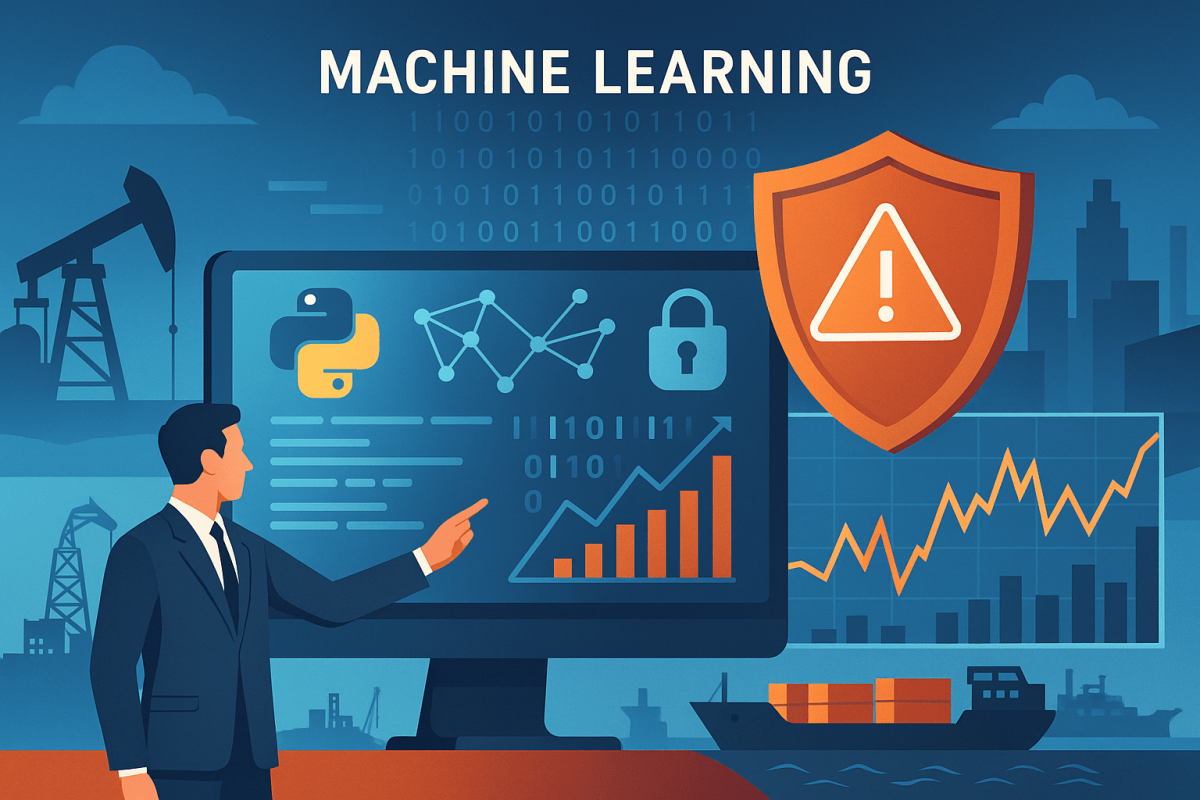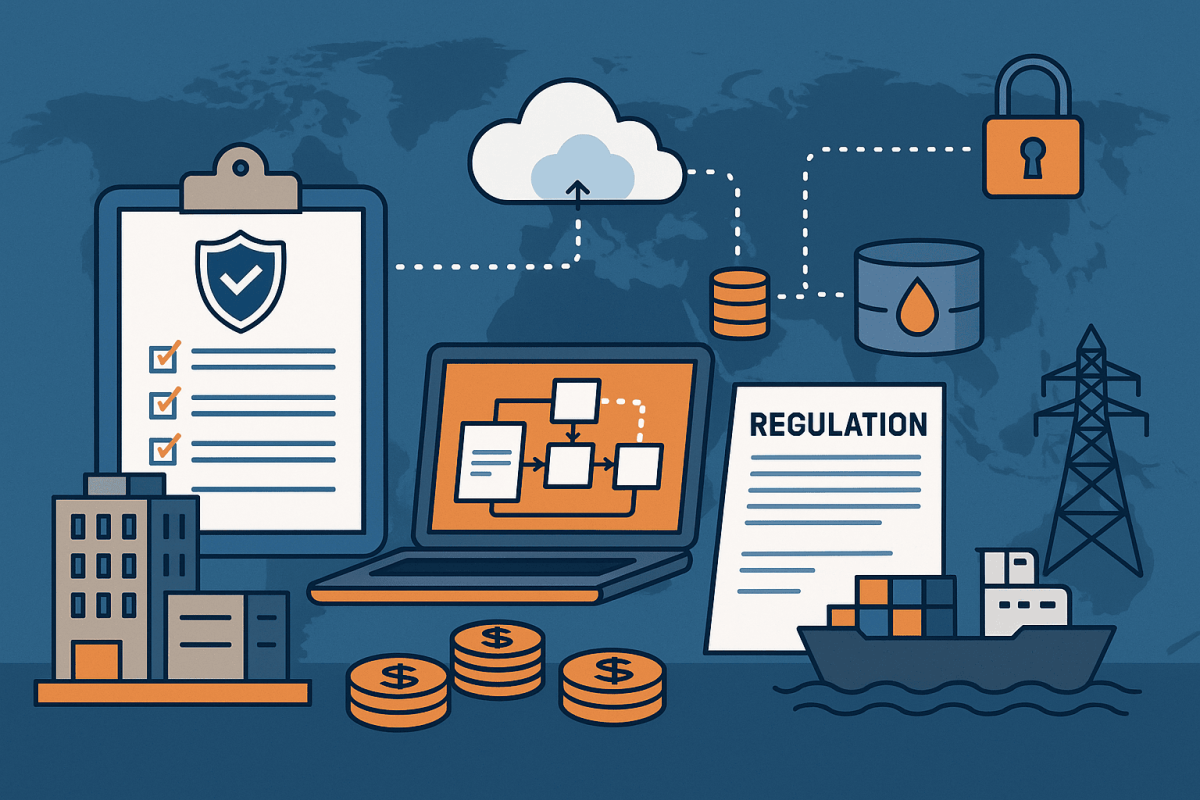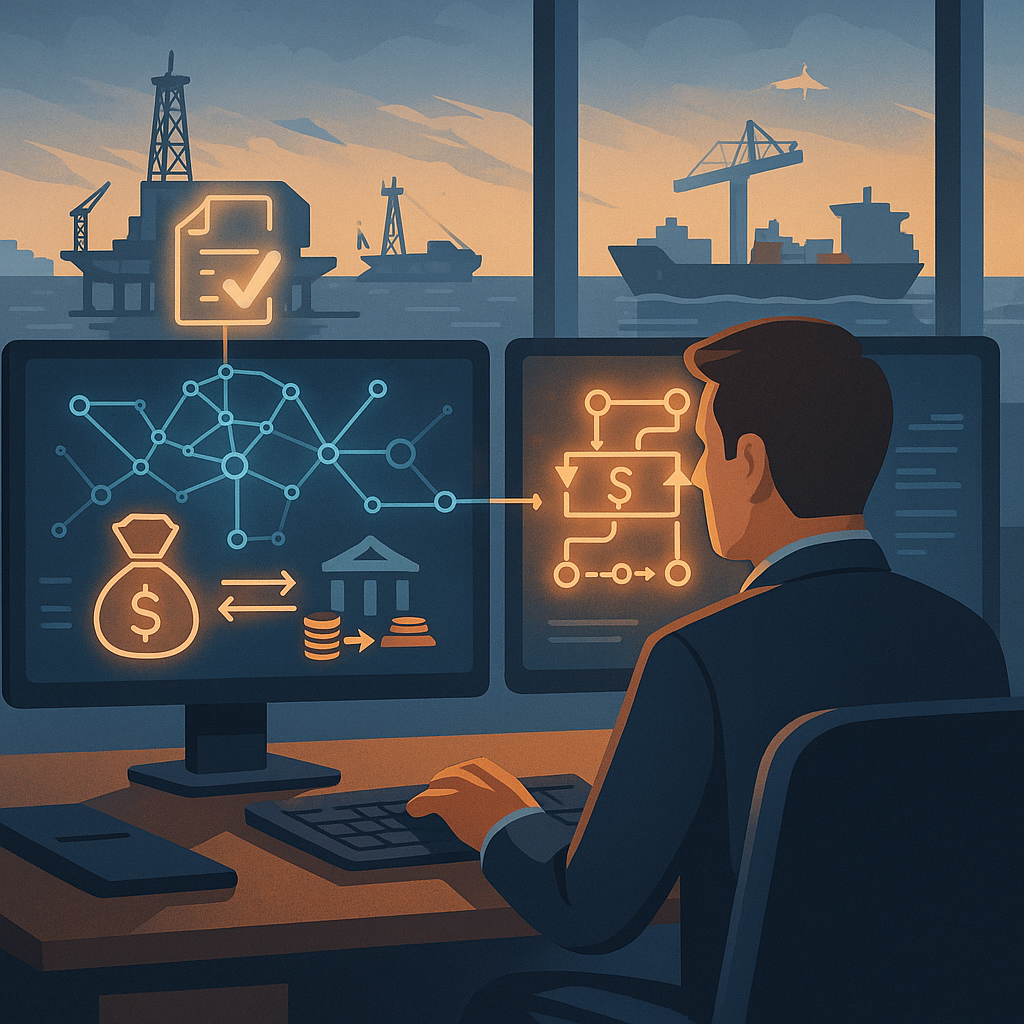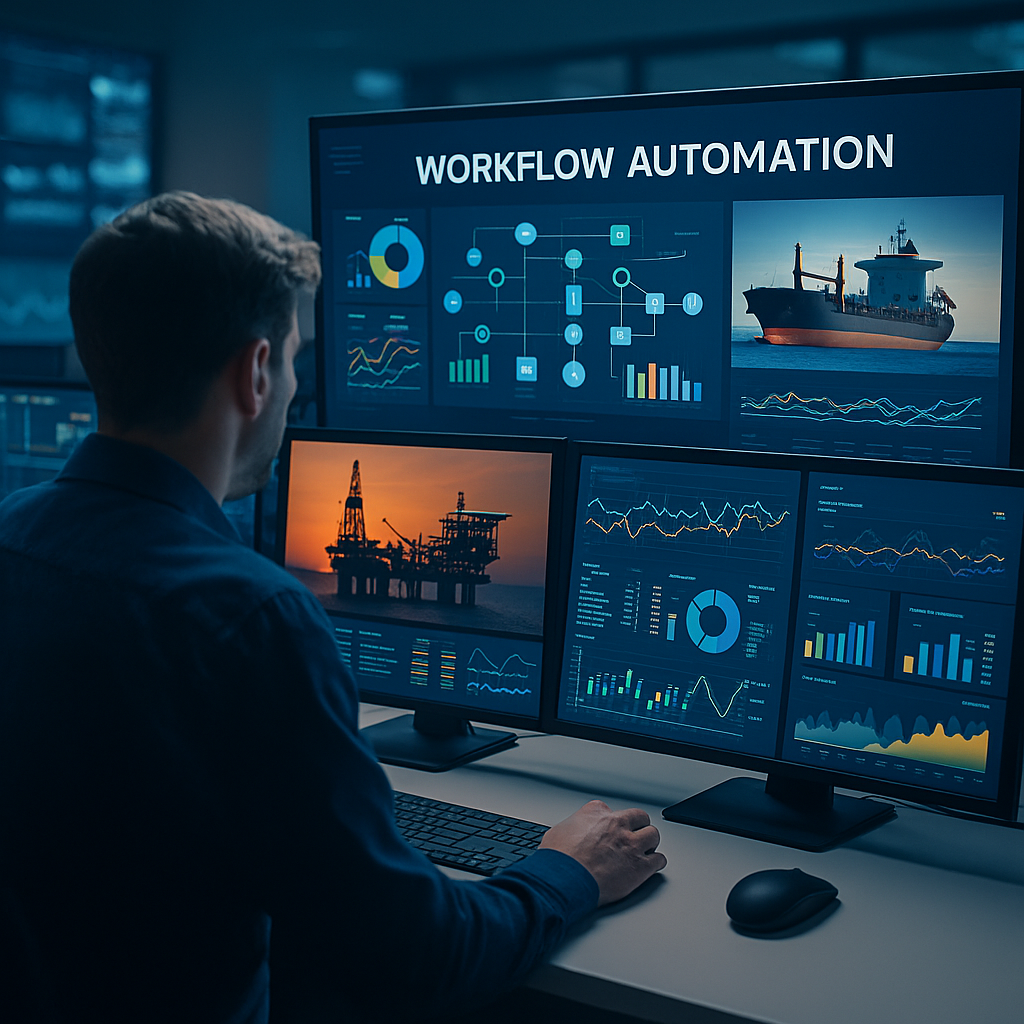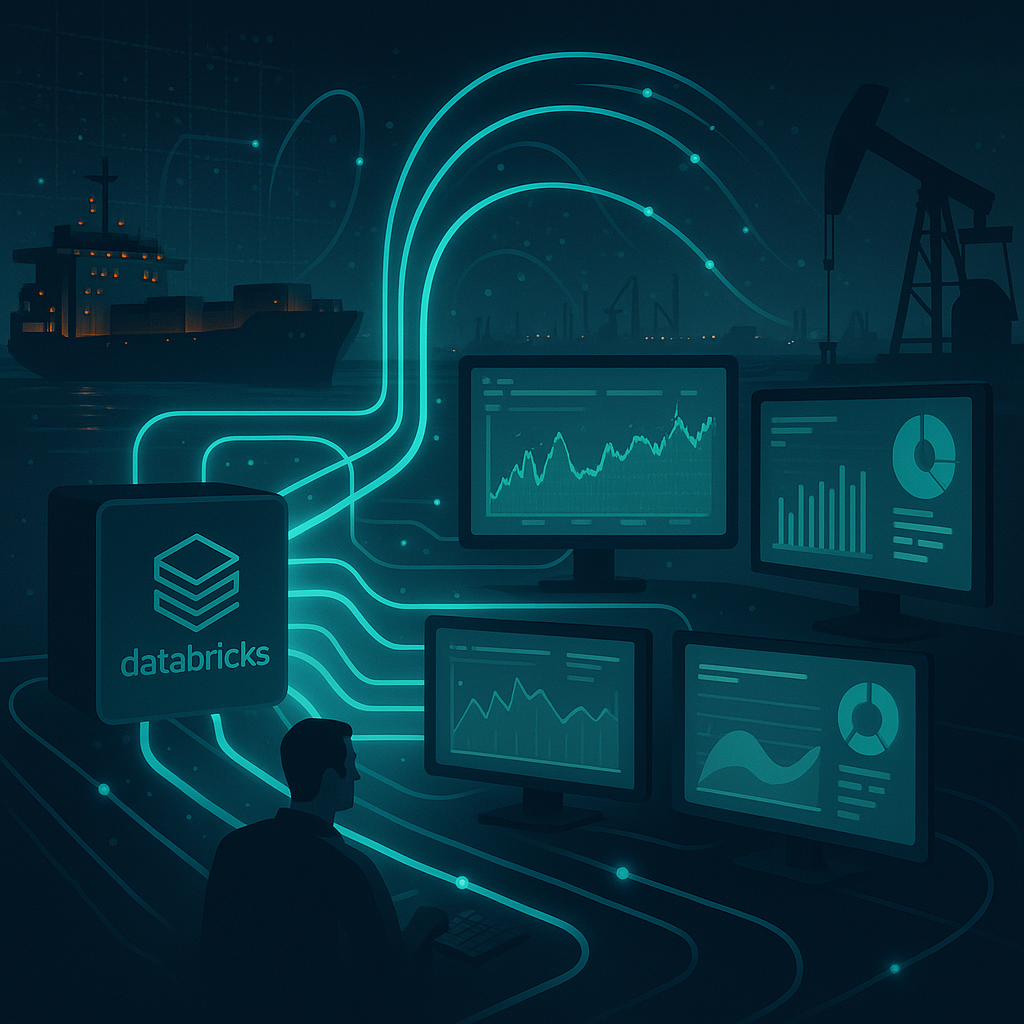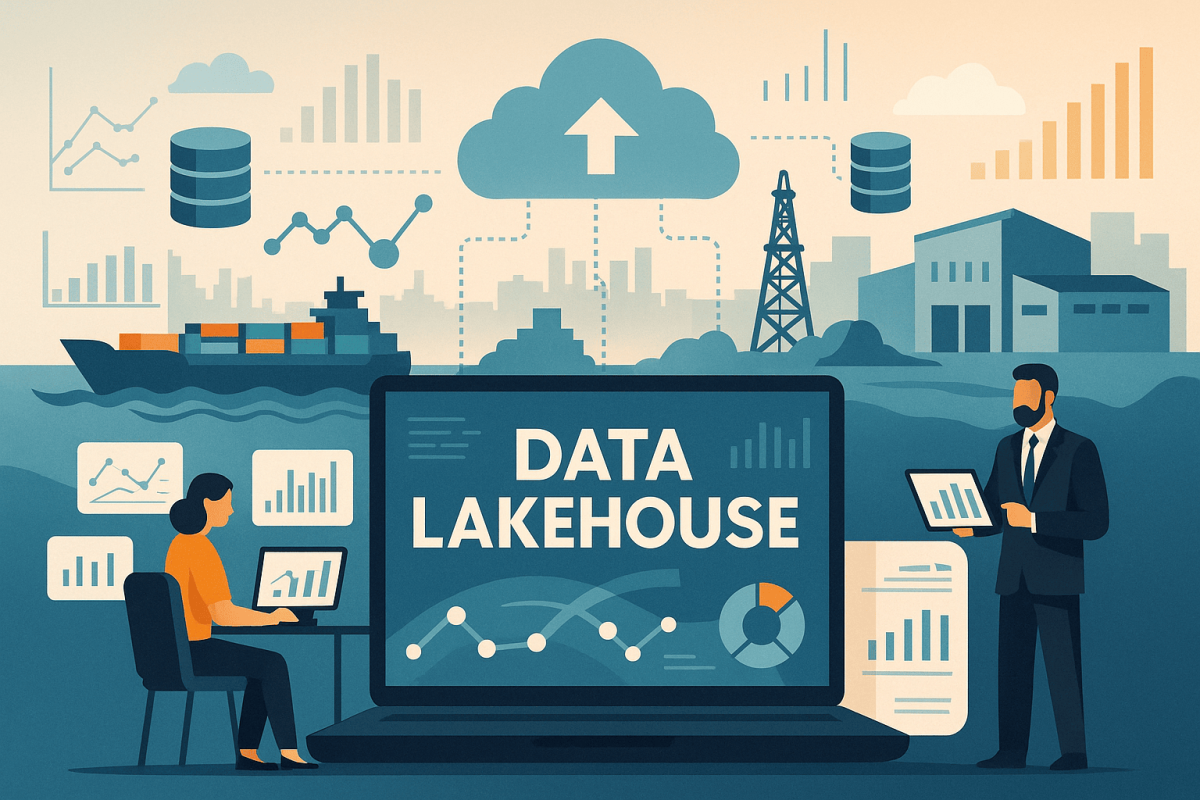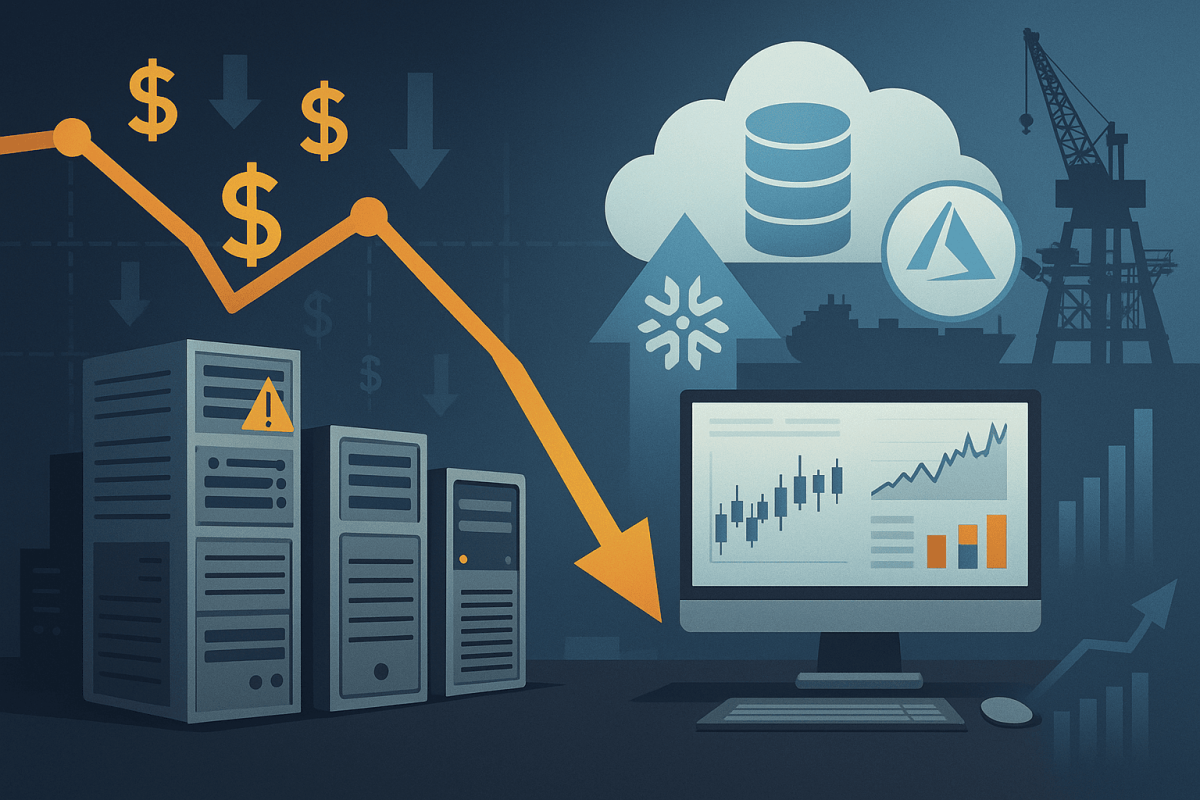Risk management is the backbone of commodity trading. Traditional models rely heavily on historical data and static assumptions, which often fail to capture the volatility of modern markets. CIOs are increasingly exploring Python and machine learning to improve accuracy and adapt to new risk factors in real time.
Python provides a rich ecosystem of libraries for data processing and machine learning. With frameworks such as scikit-learn, TensorFlow, and PyTorch, firms can build predictive models that detect anomalies, forecast exposure, and stress test portfolios. When combined with Databricks for distributed data processing and Snowflake for governed storage, these models can scale across millions of records without performance loss.
Integration is the real challenge. Many trading firms still run CTRM and ETRM systems on .NET platforms, making it necessary to connect Python-driven insights back into existing workflows. In addition, deploying models into production requires orchestration with Azure cloud services and Kubernetes clusters for scalability and reliability.
Staff augmentation helps CIOs move faster. External Python developers and data scientists can design and train models, while cloud engineers manage deployment pipelines. By blending external expertise with internal knowledge of business rules, firms can enhance risk models quickly without interrupting ongoing operations.
Machine learning will not eliminate risk, but it can provide a sharper, more dynamic view of exposure. With staff augmentation, CIOs can close the talent gap, operationalize machine learning projects, and strengthen their firms’ resilience in increasingly complex trading environments.

